Joan and I camp a lot, be it for quick trips before backpacking or an end to itself.
Together, we got 90+ bag nights in 2020, and I would not be surprised if we managed to camp or backpack 100+ nights in total once 2021 ends due to an even more flexible schedule.
In other words, we go outside. A lot. 🙂
I’ve discussed how we found our backpacking routes in the past but never dispersed (aka “primitive” sites..aka FREE!) sites and our methods for finding them.
As the statement goes, it ain’t rocket science. Or, more succinctly, if I can do it, so can anyone! 😉
The steps aren’t different from any outdoor endeavor, meaning:
- Research
- Prepare
- Know your limits
- Execute
- Have fun!
But what steps are tips in particular? Here are some ideas.
A quick word about public land –
In general, the US Forest Service (USFS) and the Bureau of Land Management (BLM) allow dispersed camping more easily vs. the more highly regulated National Park Service (NPS) lands. Where you can get traditional paid or reserved sites on USFS or BLM land, there are many places where you can camp freely with some places restricted; but far fewer than NPS lands.
Not sure of the differences in land management agencies and what’s allowed? This government site offers a good primer, while another site offers a more camping-focused (if RV) perspective. Also, note that free camping is typically more accessible west of the 100th Meridian (far end of the High Plains) vs. eastern lands.
- Free campsites and Campendium
The popular Free Campsites and Campendium (fee to use) will list many sites, how to access them, and a blurb about what the area might be like once you arrive. Note these websites get optimized for mobile devices, too.
These sites work well for someone dipping their toes into the dispersed camping waters. The accuracy of the info tends to be good, and you do not have to research as much.
However, Joan and I do not like using use these resources typically.
We find they often skew towards RVs versus our simple truck or tent camps (more space vs. our smaller footprint), and other people looking for free sites tend to flock to the exact locations. A dispersed KOA-like atmosphere does not work for us! 🙂 And many times, the free sites end up as Walmart or similar vs. backcountry areas. Again, better for RVers or #vanlife types. Still, these resources indicate where free camping might get located after all, and we’ll occasionally use them as the first step and then do more research. Note both resources will list pay areas as well.
- Summitpost
I’ve mentioned Summitpost earlier, and it still works well for information on areas we don’t know intimately. Learn of any red tape, issues, managing land agency info, and often some possible free camping.
Among my first sites for initial research of any area new to me.
- Benchmark Atlas
When I want an extensive overview of an area, the Benchmark Atlas is among my first resources. I can see what roads are rougher vs. passenger car-friendly, any publically accessible lands, or other information. We’ll occasionally supplement the atlas with an overview print hiking map for the area, too. More so at home than in the field. A print map for hiking still gives an overview but more details.
We’ve found free developed sites (such as picnic areas that allow camping) using both of these resources in the past, too.
We can see what area looks more promising for camping in terms of legality and space available with these resources.
Once we get that information, we’ll drill down further and look at the areas in more detail using…
- Gaia GPS or similar
Gaia GPS, or a similar tool, will give more detailed maps, topo lines, and other potential camping areas once you learn to read the maps correctly. Some astute map-reading will lead us to where potential sites get located. We find a handheld device particularly useful in the field vs. placing a print map on the hood of the car or table.
- Be mindful of where you camp!
Camp/park on durable surfaces once you find a potential spot and use a site already impacted ideally. Making tracks over an ecologically sensitive area can cause damage that lasts for decades. Or close the place for others as has happened recently!
_____________________
Using these resources, you can find some free camping sites, too.
There are some caveats, however.
The main one? It would be best if you had a higher level of responsibility and preparedness for these dispersed areas. If you don’t prepare, you can get stuck and have a really crappy day…or potentially put yourself (and others) in danger. If you aren’t responsible, you can impact the use of the public lands for others.
Here are more other ideas to be good stewards and responsible users:
- Research using the steps above and then some.
- What kind of road conditions will you face? A rutted road that a Tacoma can go on may not be suitable for your Honda Civic. Or your Subaru might not be as capable as you think. Be honest about the limits of your driving ability and the capability of your vehicle.
- What kind of weather will you face? A wet road on pavement or even gravel may not pose an issue. A wet desert road means you could get stuck for days if you aren’t careful. I suggest a spot check of the weather with an NOAA-based app and perhaps adjust plans accordingly.
- Call ahead to the local BLM or USFS district office to get detailed information if you have questions.
- Prepare! Even the most careful camper can run into issues. Ensure you have adequate auto fuel, some basic recovery gear (battery jumper, shovel, recovery straps, etc.), a good amount of water, food, and proper clothing. When you disperse camp, you are often in remote areas. And any mechanical or medical issues can be exacerbated by a lack of appropriate planning and preparedness.
- Finally, and not least, be a good steward.
- Pack out out trash, bury your poop in a cathole and pack out your TP (yes!) or use a wag bag as required in many dispersed areas now. And consider using a pee rag vs. toilet paper as well if appropriate.
- In 2021 and beyond, I’ll make the argument that you should save campfires for designated campsites as well. In other words, campfires in dispersed areas belong as a relic of the past.
- Be critter-aware and properly store your food and garbage. In the vehicle at night is usually sufficient unless the land agency says otherwise. See researching above!
- Above all else, be considerate of other visitors. We need to share the wildlands. Try not to impact the experience of others.
Other info of interest
Here’s some other helpful info for anyone dispersed camping.
- Consider reviewing the Seven Principles of Leave No Trace (LNT). How we treat the wild places can impact the environment and access the wild areas in the future. I’d argue that the seventh principle, “Be considerate of other users,” underpins all the other principles.
- Even the most careful person can get stuck or have motor vehicle issues. Here’s something I wrote about trying not to get stuck. Written for winter, the article principles apply to any remote area.
- Reading maps makes an essential skill to find these sites. I suggest this 18-part video series from the Columbia River Orienteering Club to learn this vital skill.
- If you are new to camping, I suggest reading my Budget Car Camping article.
- Finally, after many camping nights with our Tacoma, I think we have the Tacoma camping rigged up well!

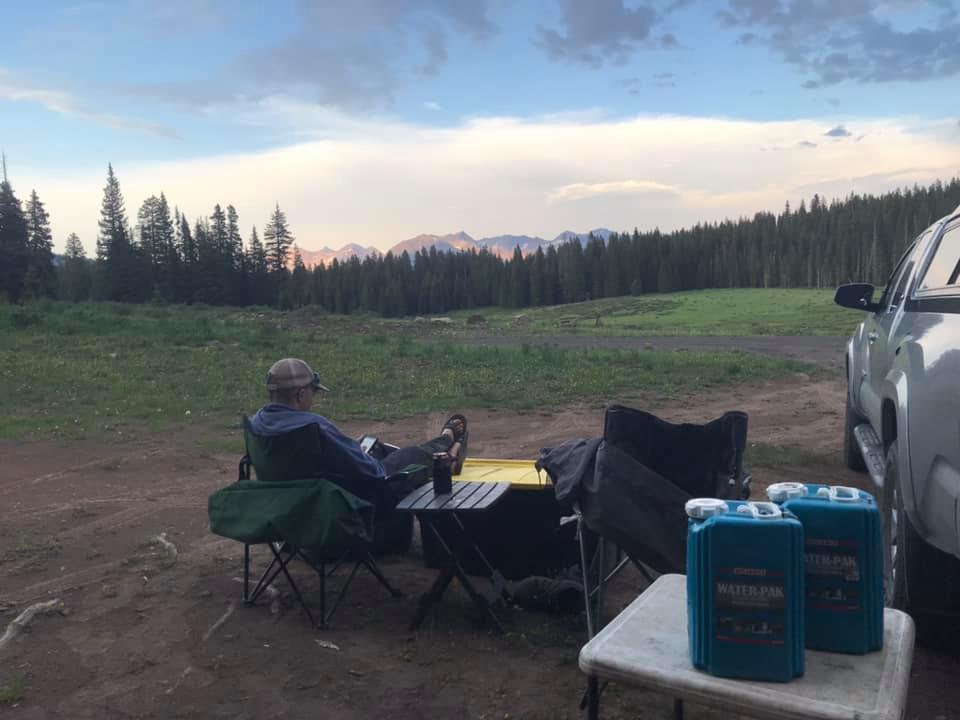


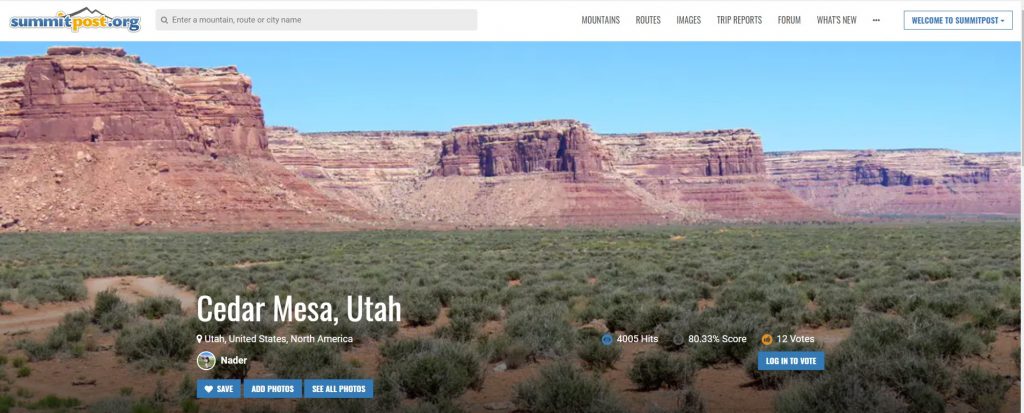

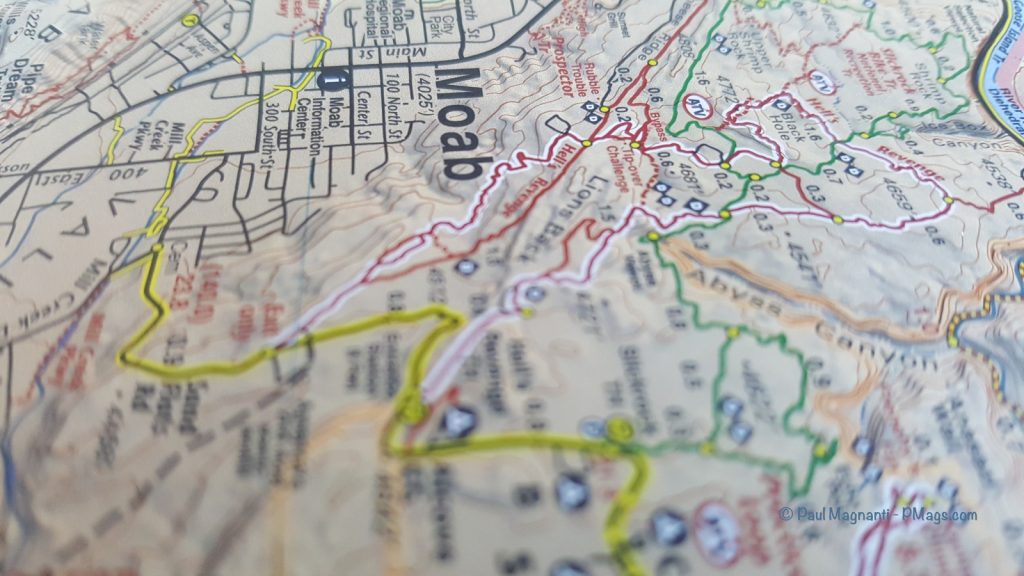
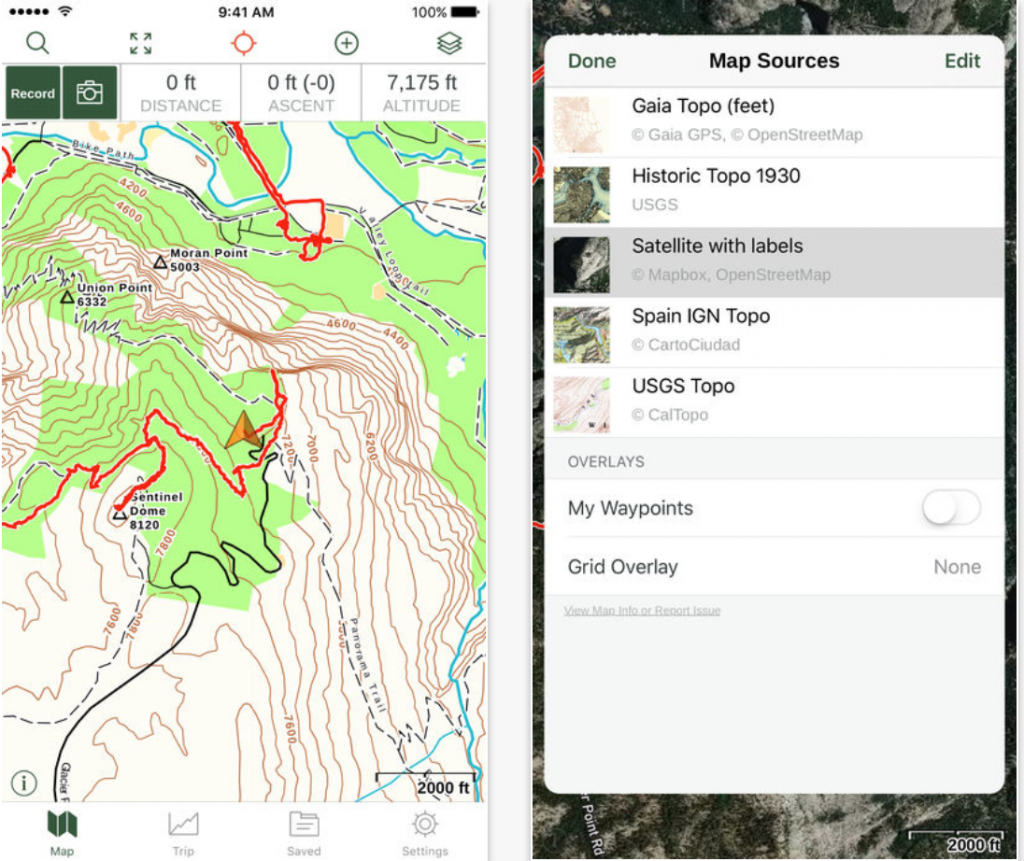
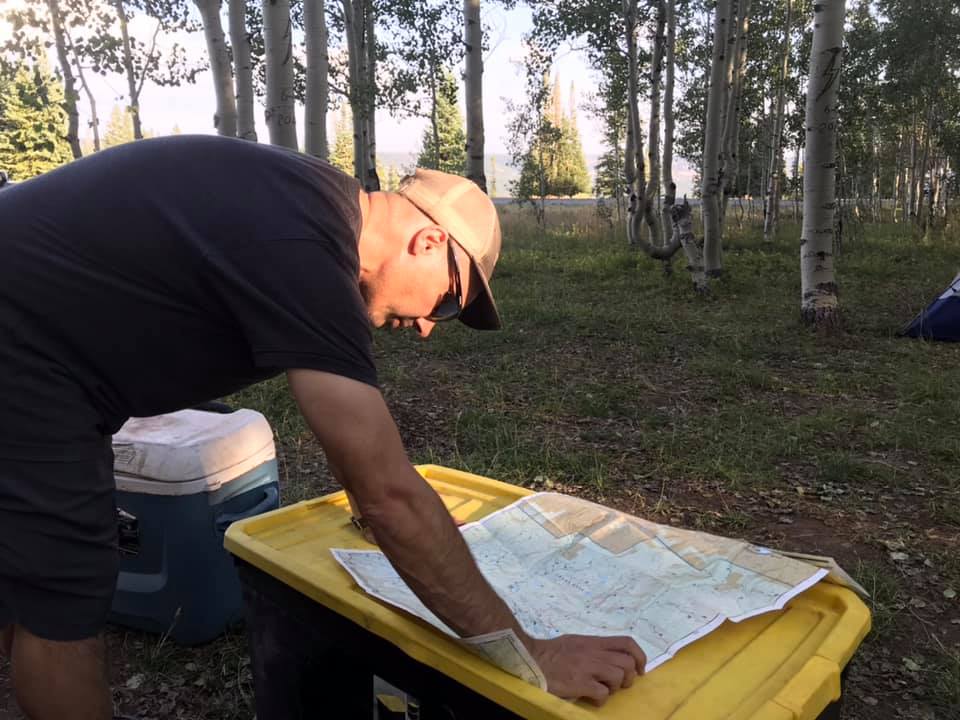

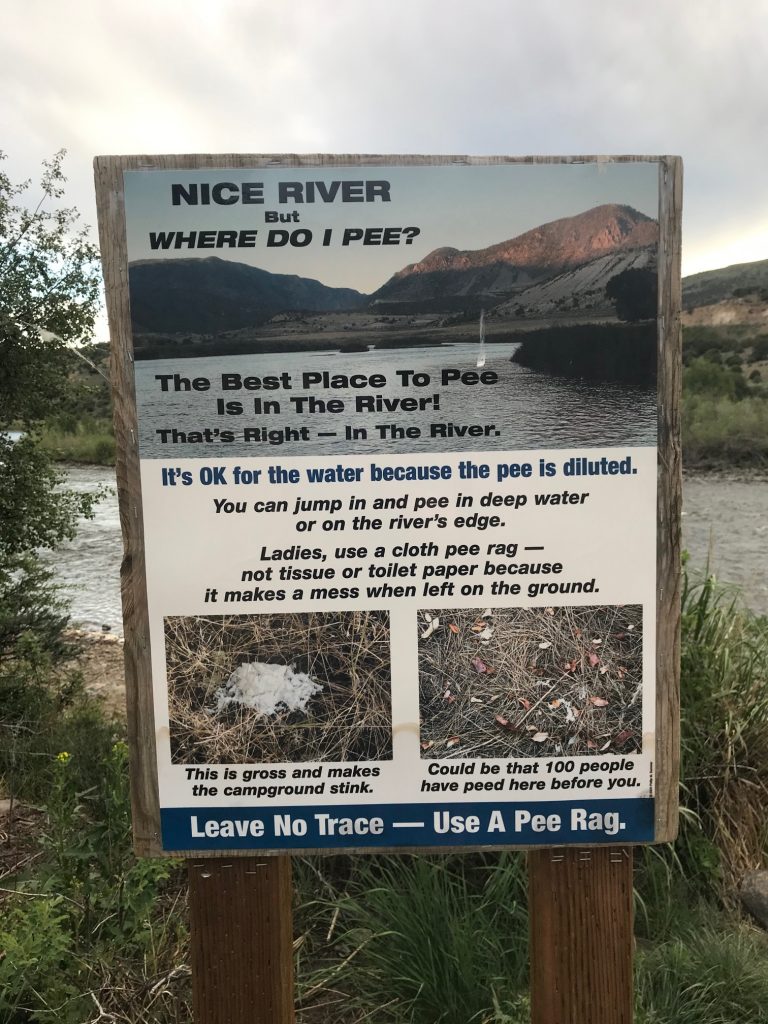
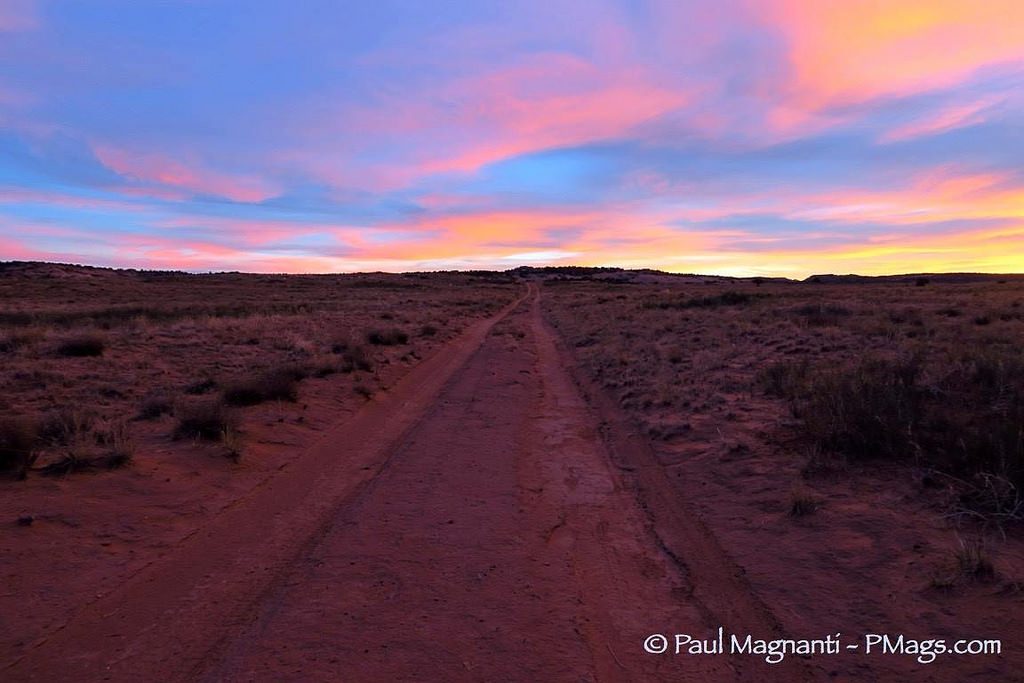
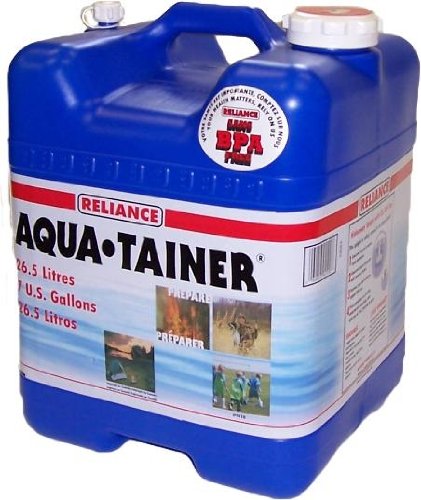
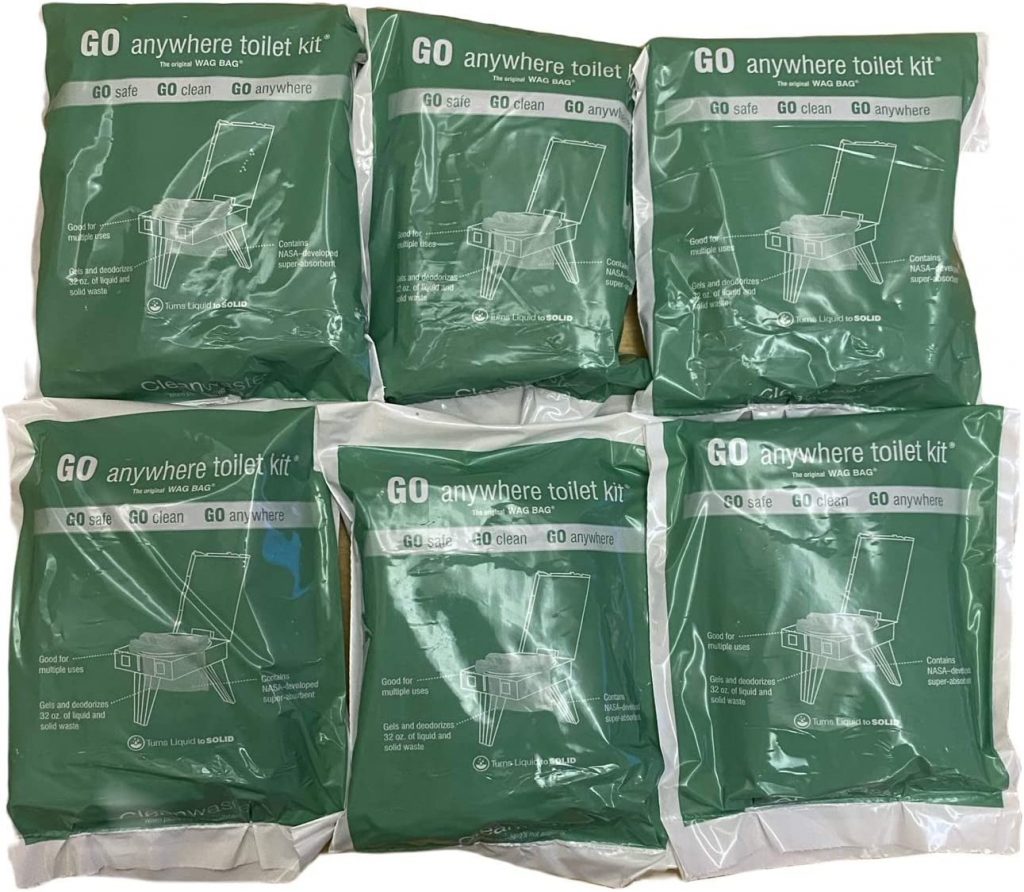
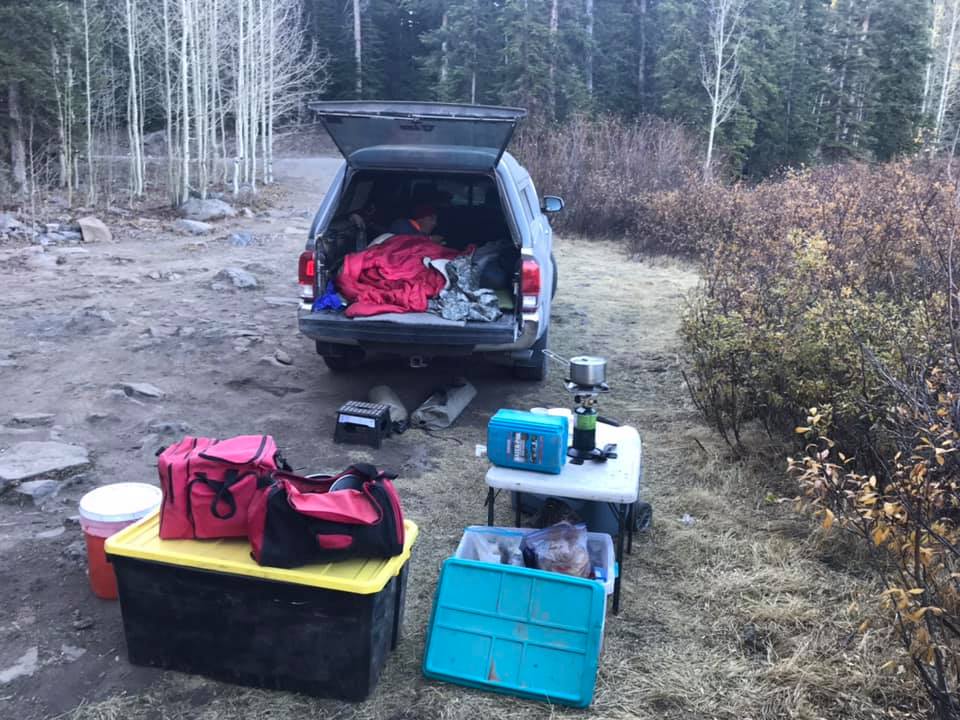
Another great tool is to upload MVUM put out by the FS to Avenza. Most of these show where dispersed camping is allowed and land boundaries.
Indeed. We have some of those free maps with Avenza. Thanks for adding the tip!
Great primer, Paul! Thanks for putting this together.
Realistically, what is the likelihood of finding low-trafficked dispersed sites on the Colorado Front Range? Lots of “designated” dispersed camps on USFS lands within convenient driving distance of Denver-Boulder (sometimes even with numbered campsites), but those most definitely skew towards a “backcountry KOA” vibe. Thinking my best bet is probably to look further afield and accept that longer drives may be the tradeoff for more solitude.
Unfortunatey, other than when snow’s on the ground, findig these type of sites wiithin 2-3 hrs of Denver are very slim. Most of the dispersed sites are usually taken fairly quickly an you’ll have neighbors.
I, too, went furher and further afield just as you said. To the point where I ended up moving. 🙂
Thanks for the confirmation, Paul! Unfortunately, my day job will keep me tied to the Front Range for the foreseeable future. But if a compelling opportunity to move presented itself . . .